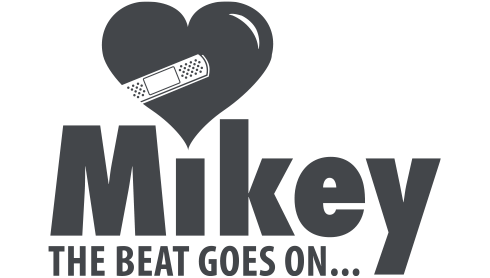
The Ride To Conquer Cancer is a two day bike ride fundraiser that covers more than 200km through Southern Ontario. During the ride in June, 2016, two participants suffered cardiac arrest and were very fortunate there was a MIKEY AED available when they needed it most. The two rescues were on the same day, only 20 minutes apart! These were the 38th and 39th lives that we know of, saved by a MIKEY we have placed.
Safety it is the Ride to Conquer Cancer’s first priority and the Canadian Ski Patrol Central Zone Ontario is part of the large medical assistance team at the Ride each year. The first rescue occurred in late afternoon when two members of the CSP, Jason Dutchburn, who carries a MIKEY AED on his motorcycle, and Blair Wallhouse, rolled up on the incident by total chance.
They came across a male in his mid 50’s, lying in the middle of the road, VSA (vital signs absent). CPR was started immediately and with the help of the MIKE AED, and nearby Volunteer Fire and Niagara EMS, the patient was revived prior to departure in the ambulance, at approximately 4:00pm.
At approximately 4:20 p.m., a cyclist heard an ‘ugh’ and the clatter of a bike behind her. She turned and saw that a gentleman later identified as Leo McDonald, had fallen off his bicycle and was lying unconscious on the ground. She immediately went to the man’s side and yelled at a nearby police constable, who quickly came to her aid and began chest compressions while the witness began artificial respirations.
The CSP’s Ana Mera and Colin Storey were patrolling the area on their bicycles, and came upon the scene. They pulled out their first aid kits and offered assistance to the constable. CPR continued and Ana contacted Dutchburn, knowing he carries a MIKEY on his motorcycle, but not knowing he just used it. The route’s medical car was also dispatched to the scene.
Soon the medical car, an ambulance crew, more constables, and an additional two teams of medical motorcycles consisting of Corbee Dutchburn and Blair Wallhouse-who just rescued the rider 20 minutes prior, and Dave Shelley and Steve MacCallum, made their way via police escort to the incident.
CPR continued while the other CSP patrollers tasked themselves with cutting the clothing and preparing the patient for the AED’s arrival. The AED arrived and delivered one shock, and no more shocks were advised. Leo was transported by ambulance to the Niagara General Hospital.
Several days after the incident, a Central Zone patroller who works with the patient’s brother, reported that Leo did fully recover.
If not for the actions of the witness, police constable, and the Canadian Ski Patrollers who performed CPR keeping Leo alive before the AED and ambulance arrived, Leo would not have survived.
If not for patrollers Dutchburn and Wallhouse, the male patient who was revived 20 minutes prior may not have had a second chance at life either.
These were the 38th and 39th lives that we know of, saved by a MIKEY we have placed. Defibrillators save lives, and we will continue our mission to place as many of them as we can, out in the world.










